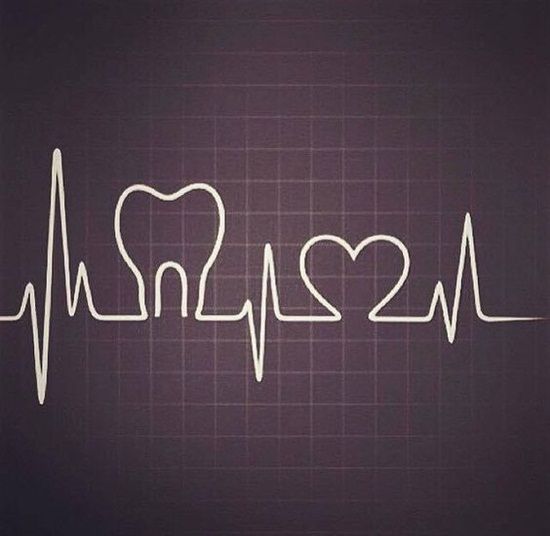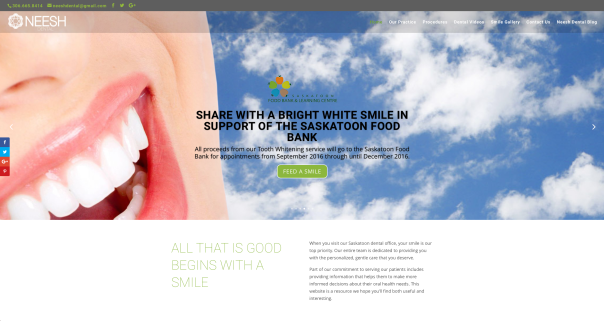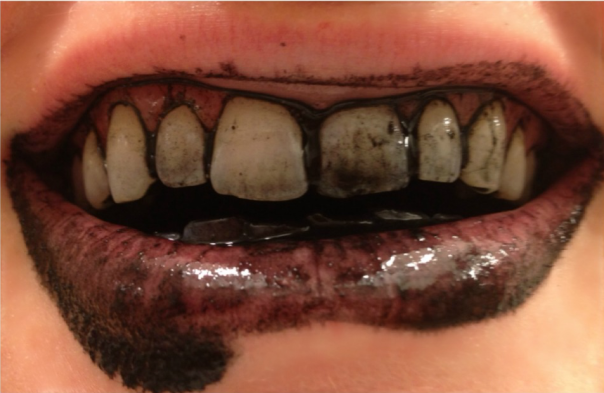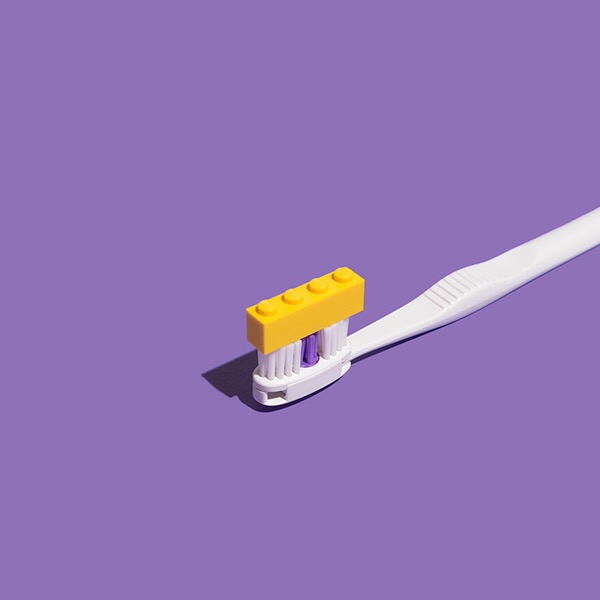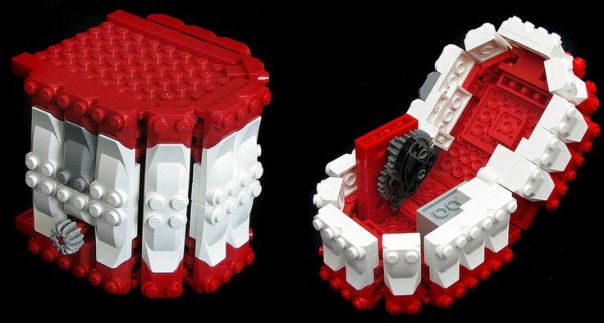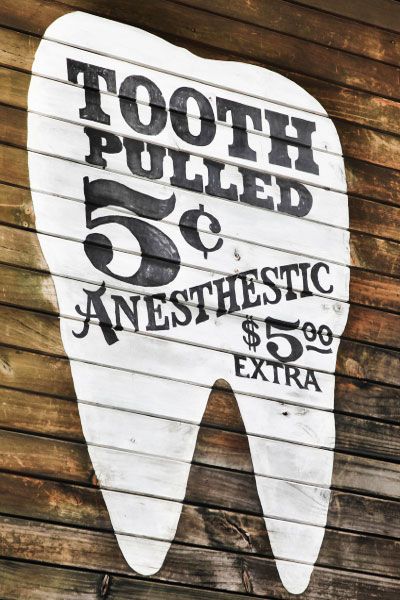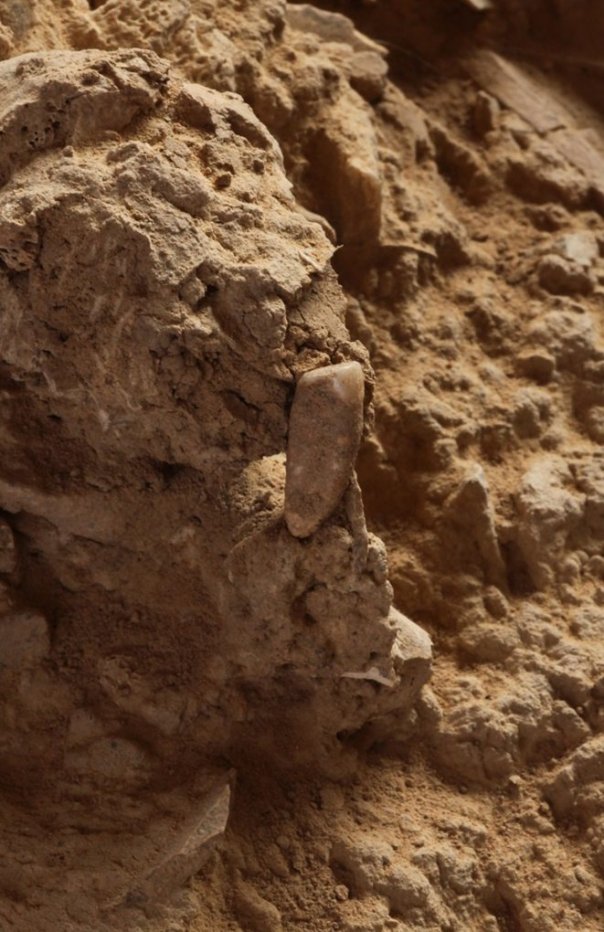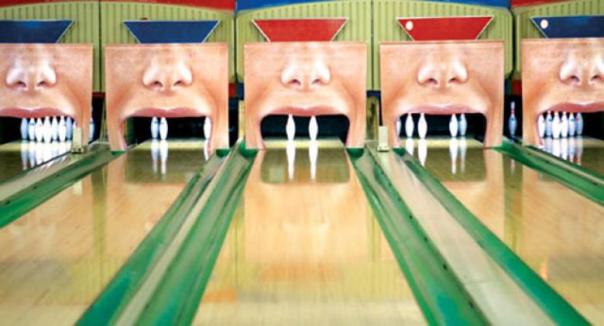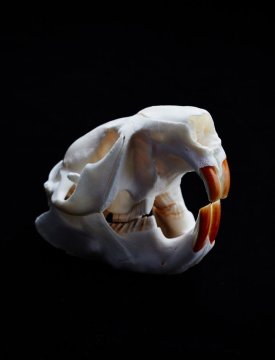A French student has found an adult tooth dating back around 560,000 years in south-western France, in what researchers are hailing as a major discovery.
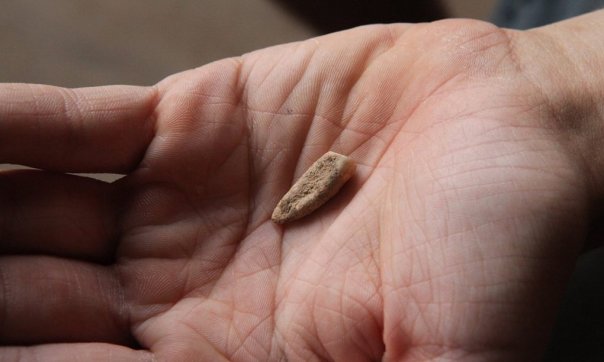
The Tooth Concerned
– Denis Dainat/EPA
Valentin Loescher, 20, was volunteering alongside Camille Jacquey, 16, on his first summer archaeological dig at the Arago cave near Tautavel, when he discovered the tooth.
The tooth could be the oldest human remains found in France. It predates by 100,000 years the famous Tautavel man, a 20-year-old prehistoric hunter and ancestor of Neanderthal man, who was discovered at the site in 1971 and whose remains dated back about 450,000 years.
Tautavel Man was the first discovery made in the cave, five years after digging began. The volunteer’s newest find, predates Tautavel Man by at least 110,000 years.
The large adult tooth, found in soil known to be between 550,000 and 580,000 years old, was hailed as a major discovery, into the morphology of early Europeans, by the French based European Research Centre Tautavel Pre-Historic, the organisation running the dig.
The tooth is the 149th item of human remains to have been found in the cave over the last 50 years, according to a statement released about the find.
It is not known whether the large tooth, which is a lower central incisor, comes from a male or a female.
Christian Perrenoud, a geo-archaeologist who was working on the site at the time of the discovery, told the Local that the tooth was a great find, but believes the site has a lot more to reveal.
Says Perrenoud …
Human remains from between 500,000 and 800,000 years ago are more than scarce in Europe nowadays, and this tooth fills a bit of the gap of the incompleteness in this 300,000-year period.”
Yves Coppens, a professor of paleoanthropology and prehistory at the Collège de France, told France Info radio she hoped the tooth could tell researchers much more after tests are carried out on the tooth, saying …
A tooth can tell us a whole range of things. Its shape and wear and tear tells us about the eating habits of the person in question; the tissue reveals a lot of information. The DNA can give an idea as to who this person was.”
The Arago Cave in Tautavel where the tooth was found has been the source of many archaeological discoveries, since excavations begun in 1964.
Most notably, the tooth was found yesterday in the same location archaeologists in 1969 unearthed fossils of Tautavel Man, an extinct hominian (a primate of a family which includes humans and their fossil ancestors), that lived an estimated 450,000 years ago in Europe.
Amélie Vialet, a paleoanthropologist overseeing the excavation at the cave, told Agence France-Presse …
A large adult tooth – we can’t say if it was from a male or female – was found during excavations of soil we know to be between 550,000 and 580,000 years old, because we used different dating methods. This is a major discovery because we have very few human fossils from this period in Europe.”
The Tooth Before It Was Removed From The Soil
– Denis Dainat/EPA
Yves Coppens, professor of paleoanthropology and prehistory at the Collège de France, who was part of the 1970s team that discovered the remains of the famous early human ancestor known as Lucy in Ethiopia, told France Inforadio …
A tooth can tell us a whole range of things. Its shape and wear and tear tells us about the eating habits of the person in question; the tissue reveals a lot of information. The DNA can give an idea as to who this person was.”
Loescher, a history of art student from Metz, told France Television that while Jacquey was on a break he had been carefully brushing a mound of soil in his excavation area that featured lots of remains of large animals, when he found the small remains of a tooth.
He and Jacquey weren’t sure of the tooth’s significance, so took it to Vialet. Its profile was examined by computer and it was sent to a laboratory.
Said Loescher …
At that moment, there was a lot of excitement. I’m not sure if it has sunk in yet. I’m happy, but there’s nothing to be proud of. I was just in the right section at the right time.”
The Arago cave at Tautavel, north of Perpignan, is one of the world’s most important prehistoric sites, and has been excavated for about 50 years.
